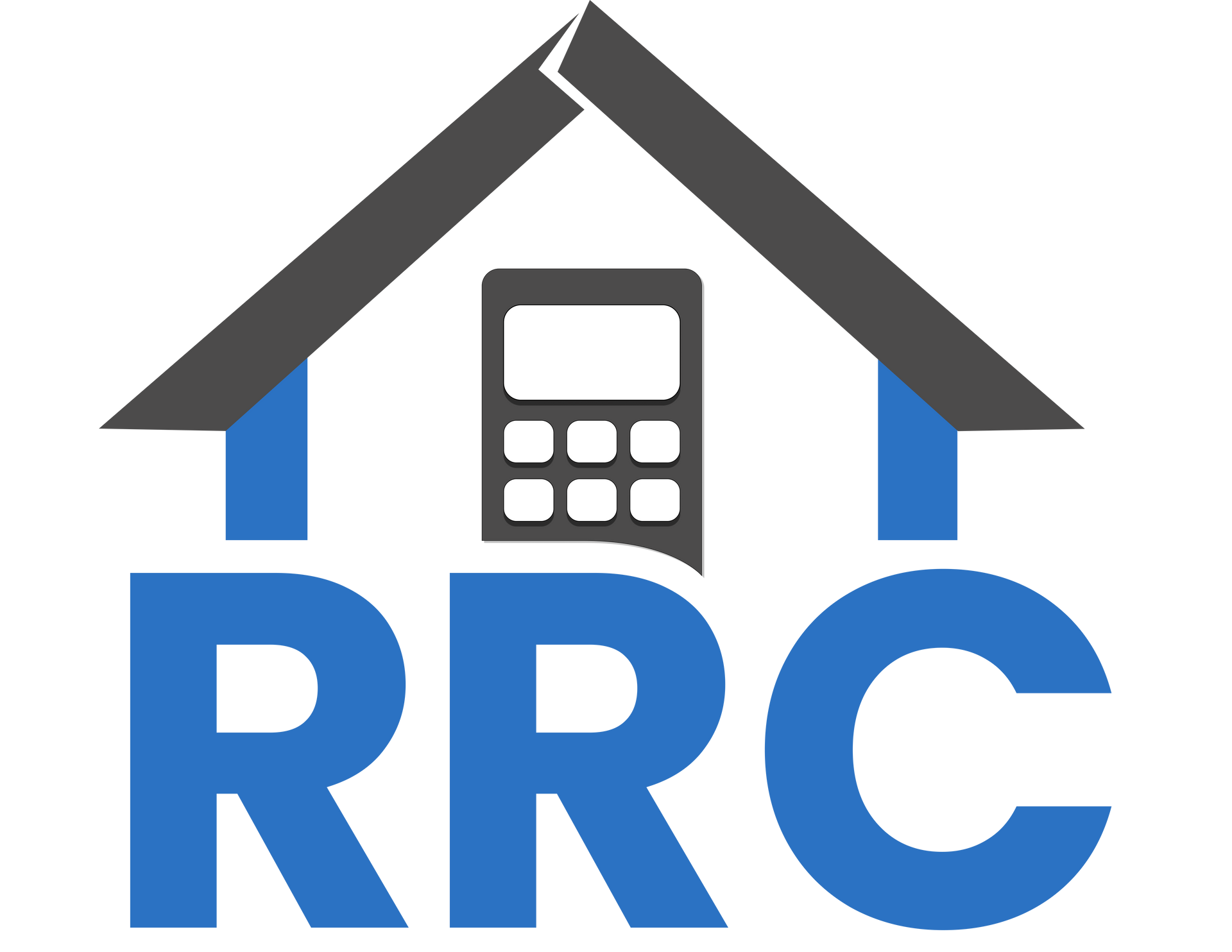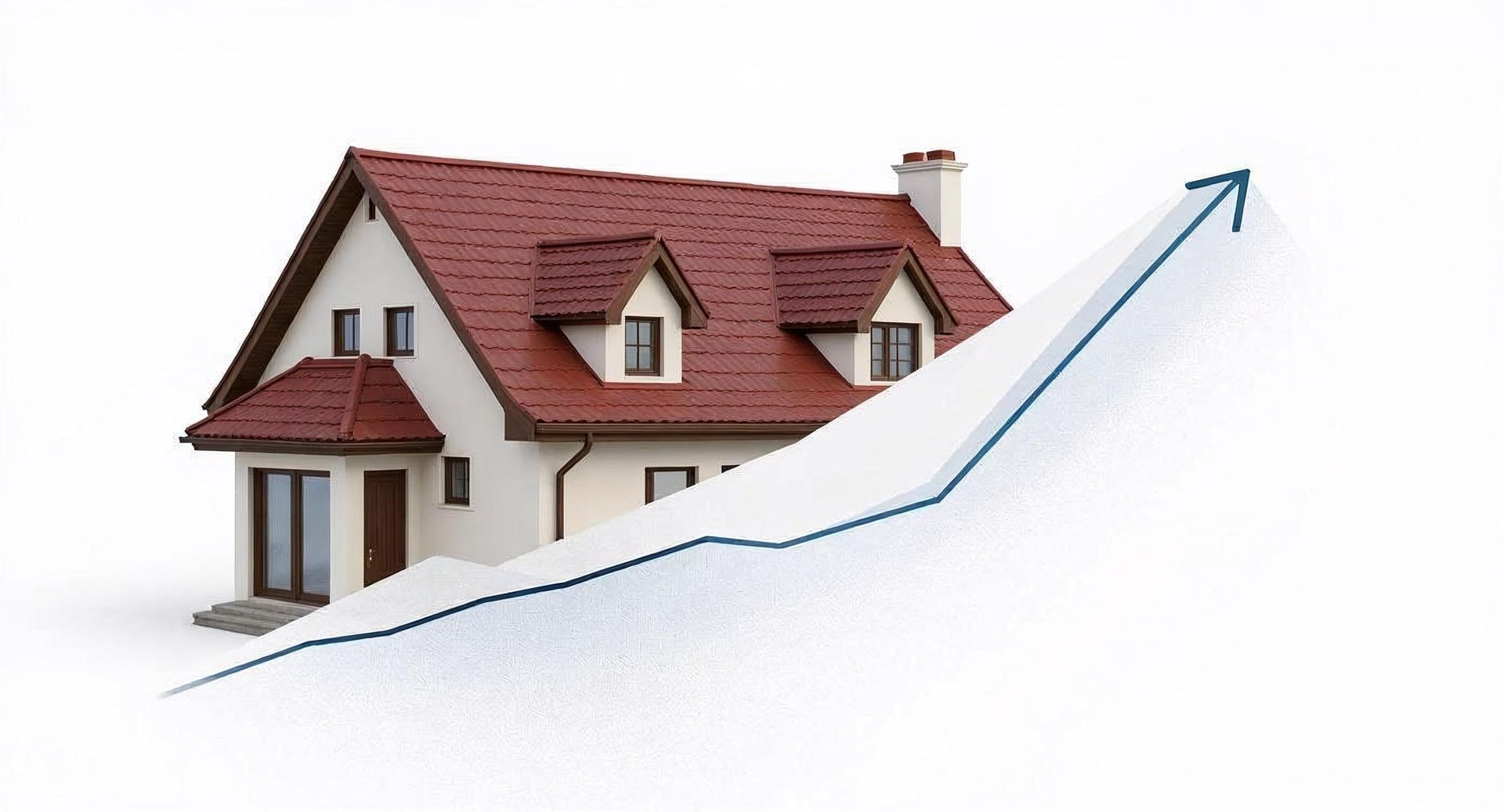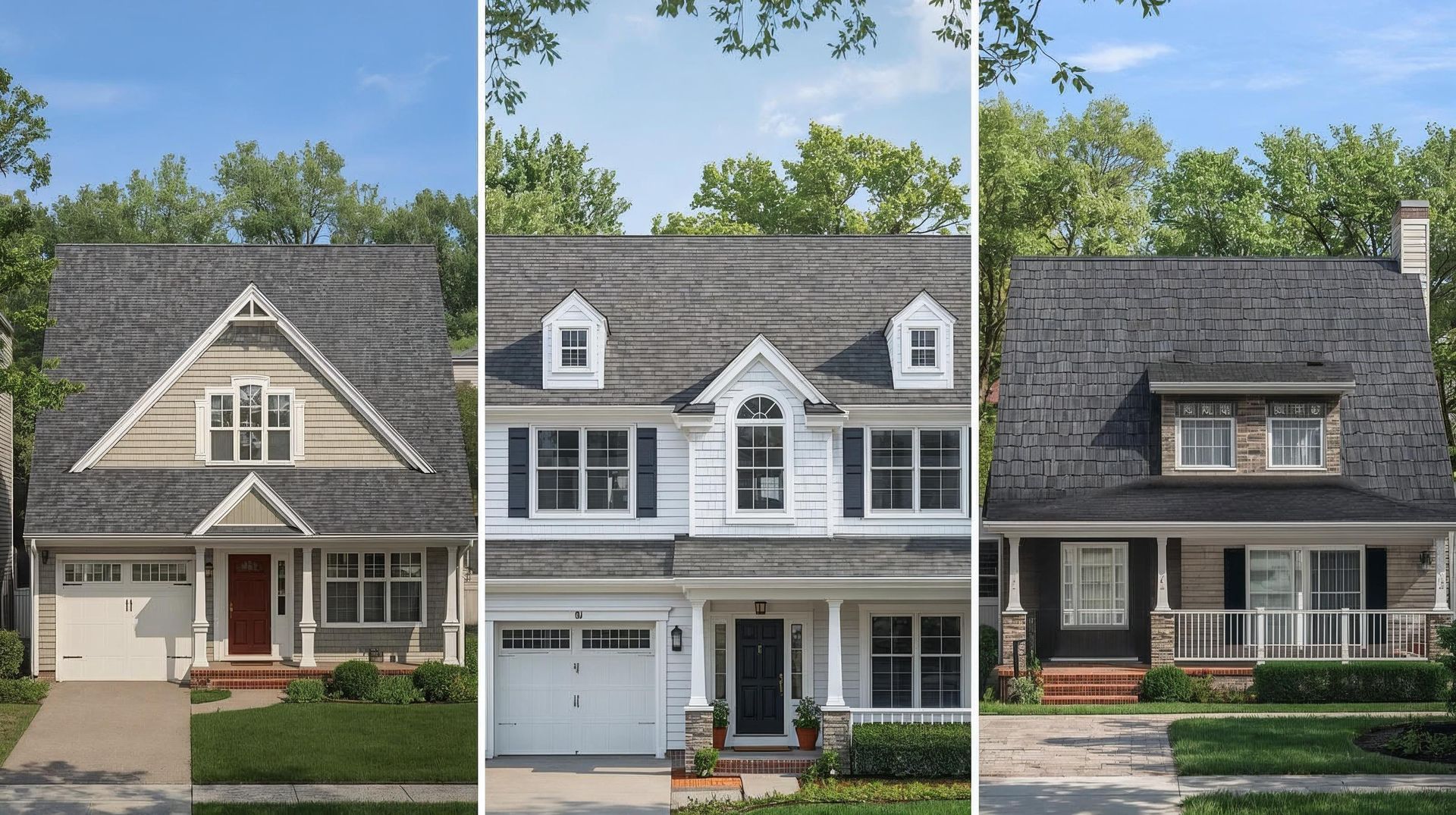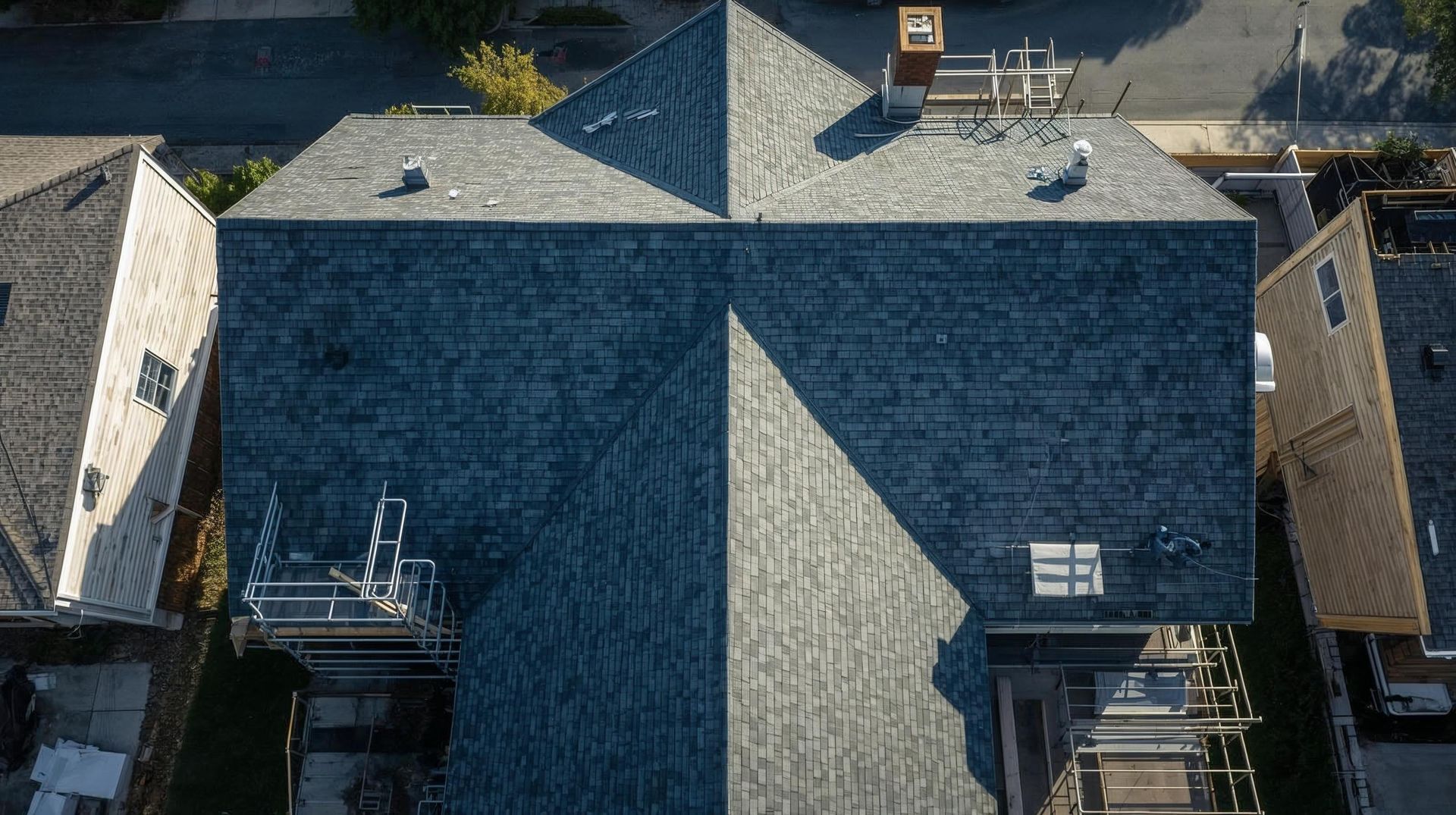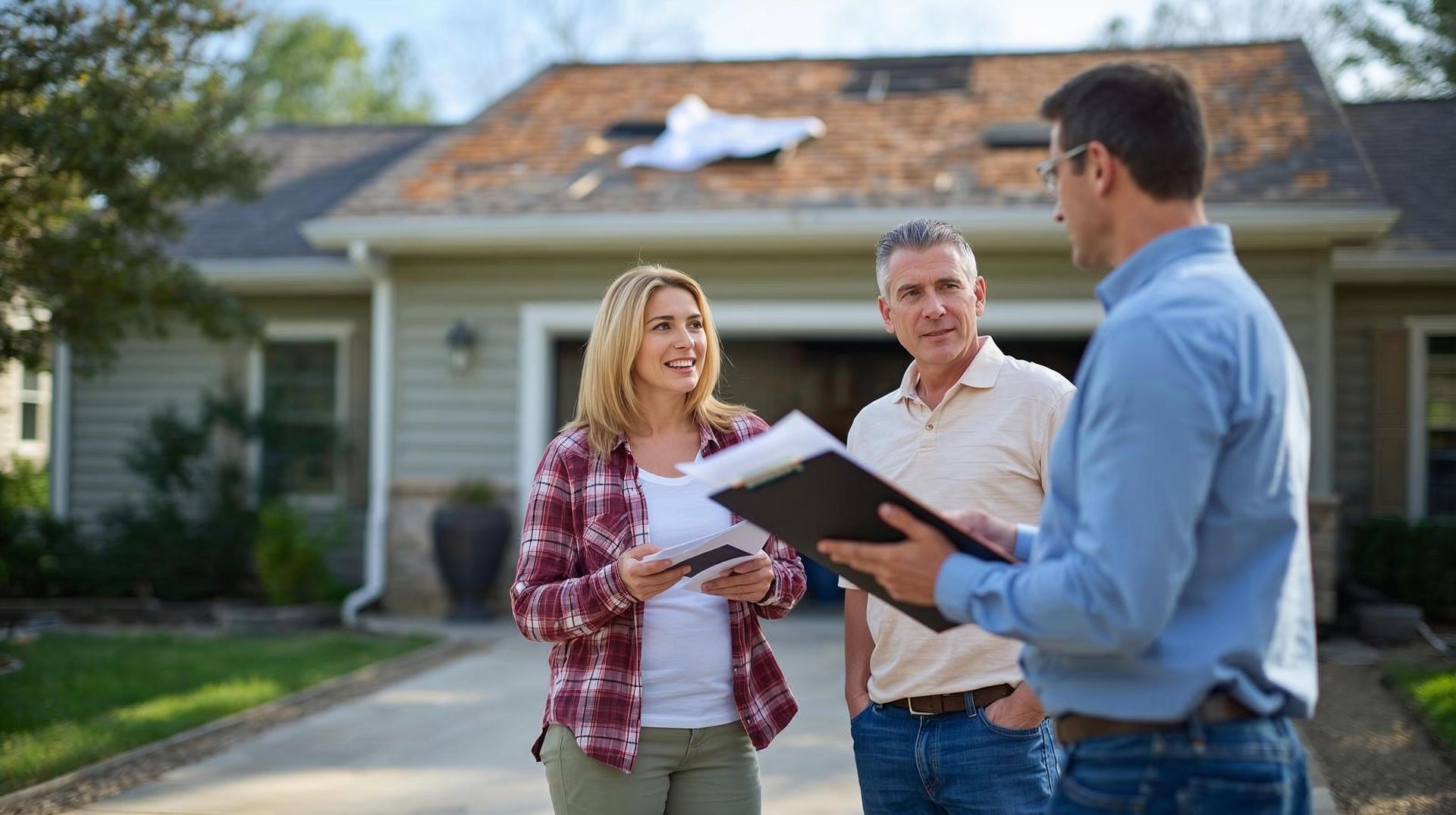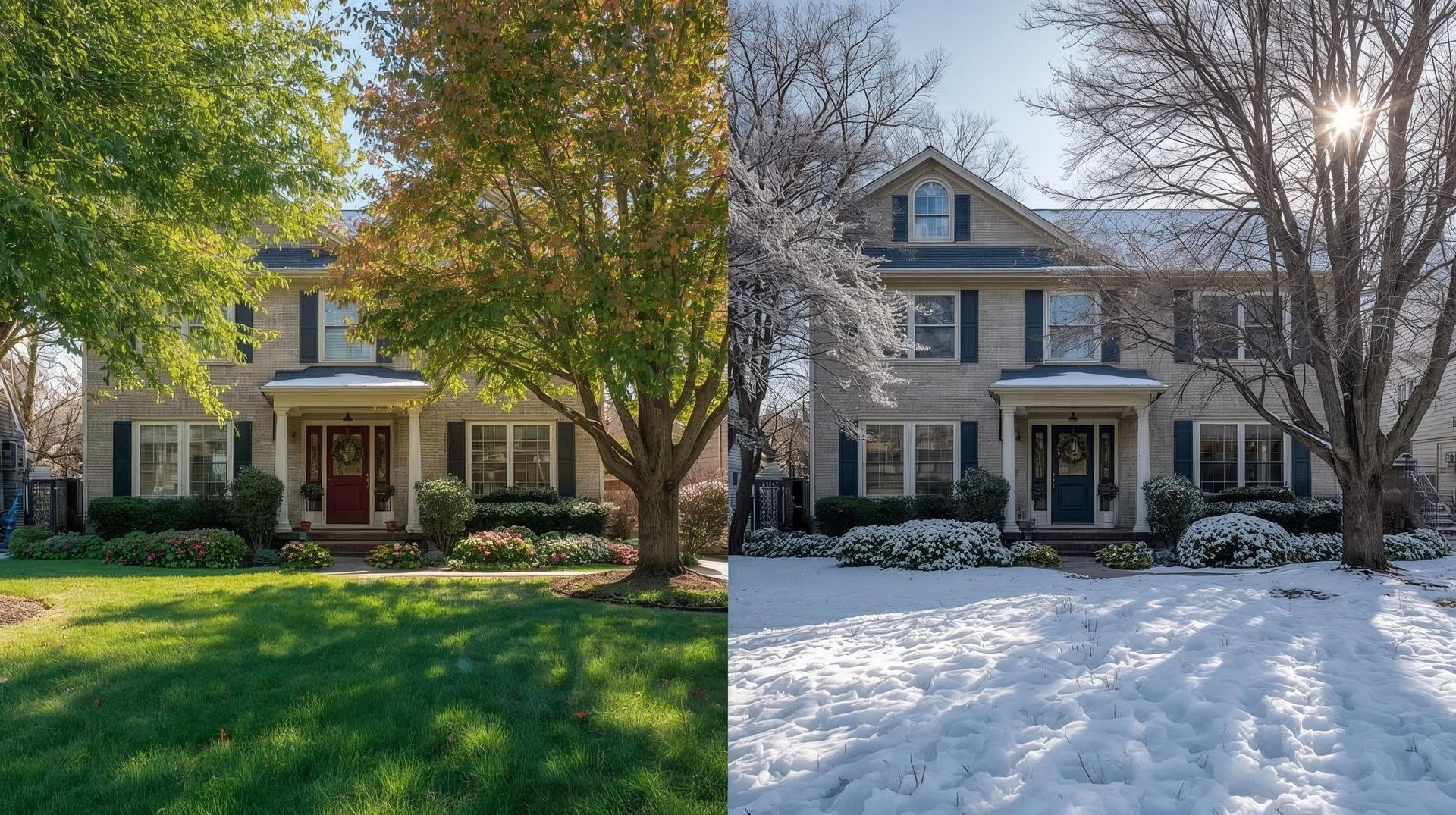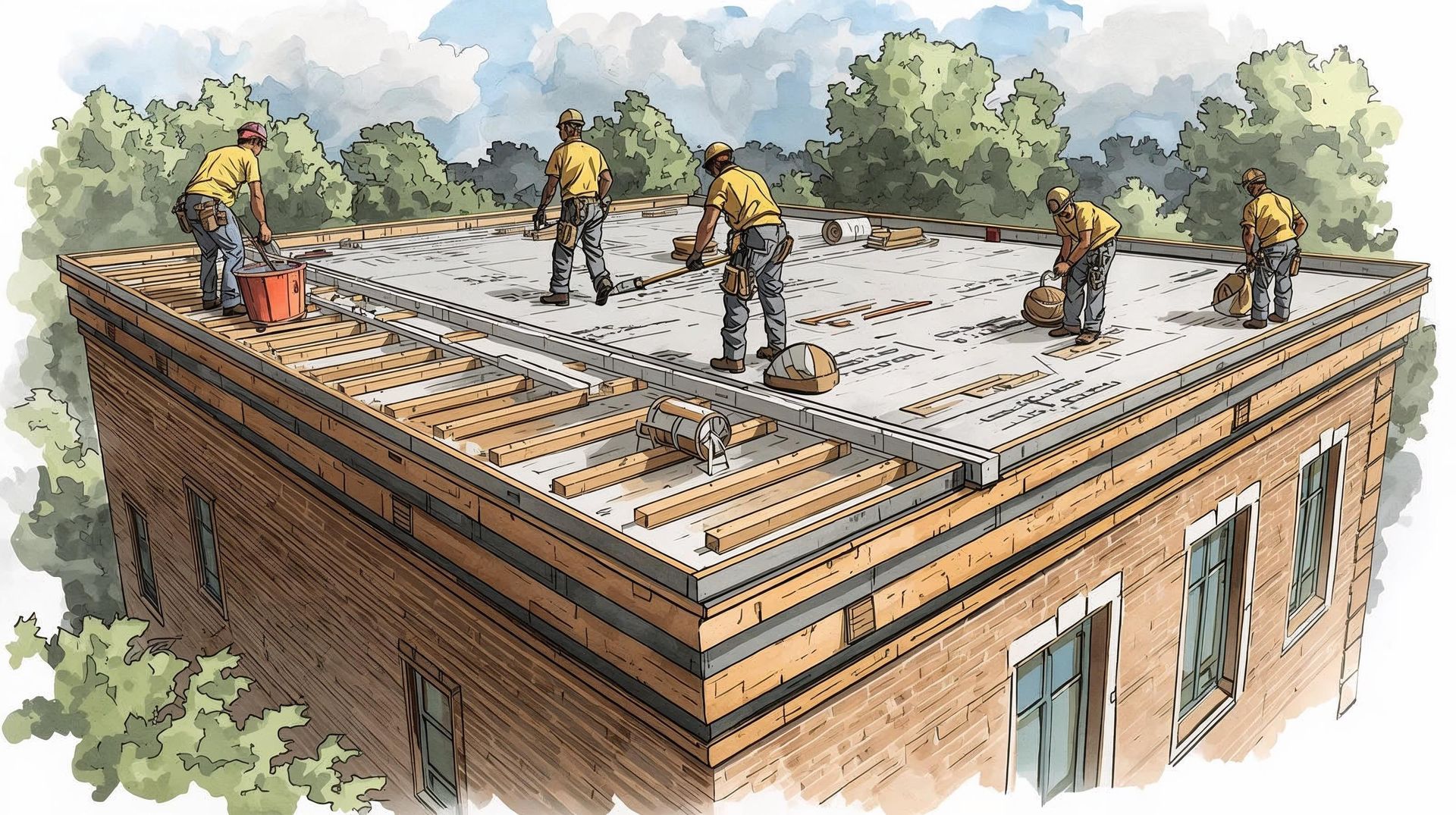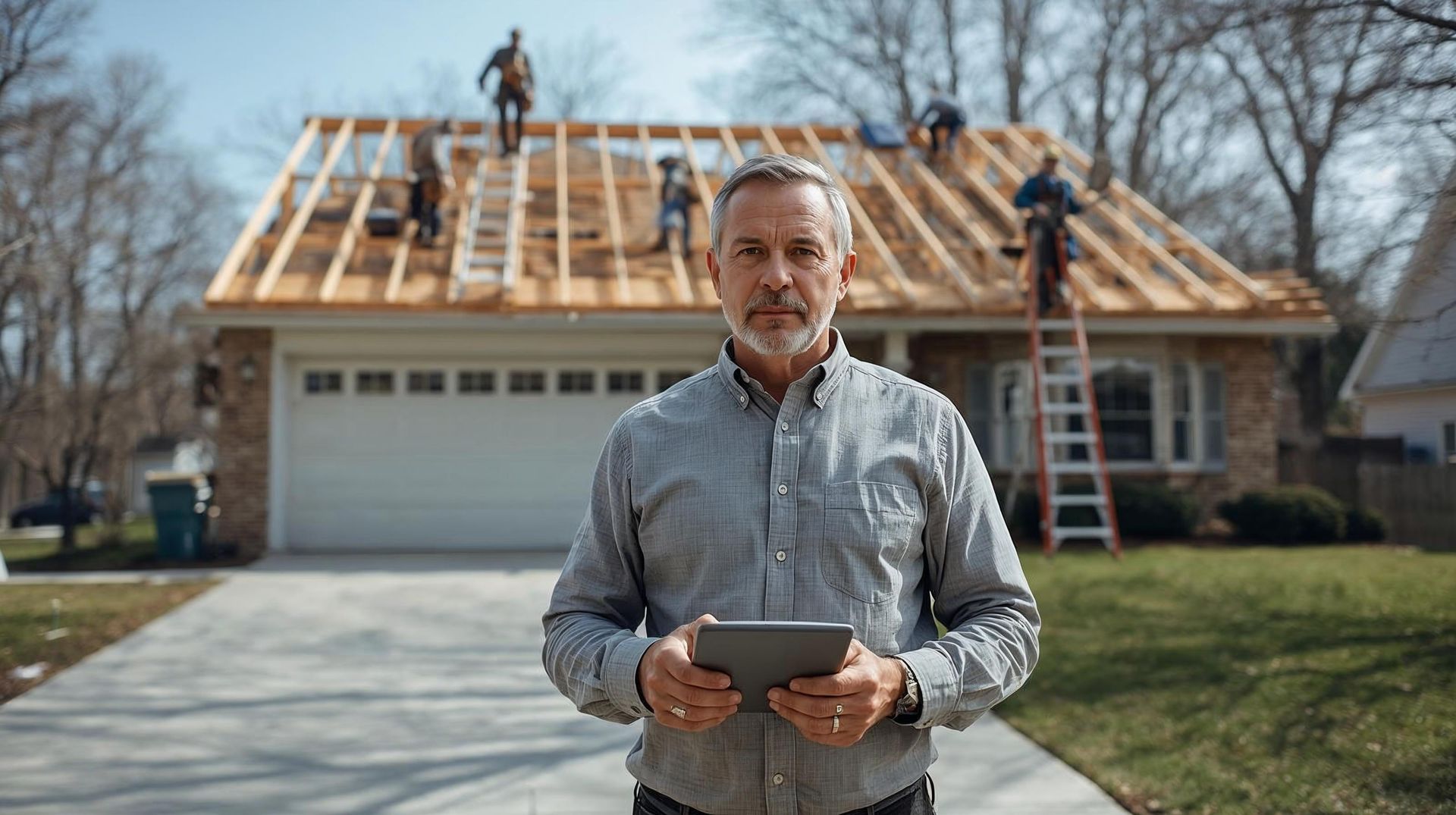Understanding Your Roofing Estimate: A Line-by-Line Breakdown
- It Must Be Itemized: A single lump sum price is a major red flag. A professional estimate will always break down the costs for materials, labor, and disposal.
- Check the Materials List: The quote should specify the exact brand and type of shingles, underlayment, and other components being used.
- Look for Decking Repair Costs: A good estimate will include a per-sheet price for replacing any rotted roof decking that might be found after the tear-off.
- Verify the Warranties: The estimate or contract should clearly state the terms for both the manufacturer's material warranty and the contractor's workmanship warranty.
- Understand the Payment Terms: A clear payment schedule should be listed, usually requiring a reasonable deposit (10-30%) with the final payment due upon completion.
How to Break Down Your Roofing Estimate Step by Step
A professional roofing estimate isn't just a number...it's the roadmap for your entire project. All the technical jargon can be a real headache for homeowners, that's why we've built this guide to be your decoder, breaking down each section so you know what you're paying for and can hire your roofer with total confidence
How to Read a Roofing Estimate (Without Getting Confused)
You can tell a lot about a roofing contractor just by the estimate they provide. The document itself is your first clue to their level of professionalism.
A Professional Estimate Should Be:
- A detailed, itemized document that breaks down all costs and includes the contractor's full business information.
A Major Red Flag Is:
- A single, lump-sum price on a business card or in a short email can be a sign of inexperience or an attempt to hide potential hidden fees.
Decoding the Jargon: A Roofer's Lingo vs. Layman's Terms
Before we break down the estimate section by section, let's translate some of the common terms you'll see. The roofing industry has its own language, but understanding a roofing estimate is much easier when you know what the words mean.
| Technical Terms | What It Really Means |
|---|---|
| MATERIALS | |
| Underlayment | The waterproof barrier between the wood deck and the shingles. |
| Ice & Water Shield | A special, sticky barrier for vulnerable areas to prevent moisture. |
| Drip Edge | The metal flashing at the edge of the roof that directs water into the gutter. |
| Flashing | Metal pieces that seal the seams around chimneys, vents, and walls. |
| Ridge Vent | A vent at the peak of the roof that lets hot air out of your attic. |
| LABOR & PROCESS | |
| Tear-Off | The job of removing all of your old roofing materials. |
| Roof Decking / Sheathing | The bare wood surface is the foundation of your roof. |
| Square | The unit roofers use to measure. One "square" is a 10x10 foot area (100 sq. ft.). |
| PRICING & CONTRACTS | |
| Workmanship Warranty | The contractor's personal guarantee on the quality of their installation work. |
| Contingency Clause | The "if we find a problem" plan, detailing costs for unexpected roof deck repairs. |
| Itemized Estimate | A detailed breakdown of every single cost, not just a lump sum. |
Now that you know the lingo, let's break down where you'll actually see these terms on your roofing quote.
We'll be breaking down the estimate you'll be receiving into sections below as well for a better understanding.
Section 1: Tear-Off and Debris Removal Costs
This is one of the first costs you’ll see on your estimate. A total roof replacement always starts with removing the old roof, and this line item covers all the work that goes into that.
It includes the labor for the crew to strip off every layer of old roofing materials and the price for the large dumpster and any legal disposal fees.
Keep in mind that if your roof has multiple layers of shingles, this cost will be higher.
Section 2: The Materials List
This is the heart of your roofing estimate. A reputable roofing contractor will provide a detailed description of all the roofing materials they plan to install. It shouldn't just say "roofing shingles".
It should specify the brand, type, and color to ensure you're getting exactly what you paid for. Key materials to look for include:
- Shingles: The primary roofing material. The estimate should specify the type (e.g., architectural asphalt shingles), manufacturer (e.g., GAF, Owens Corning), and product line (e.g., Timberline HDZ). This is crucial, as different shingles have different levels of wind resistance and warranties.
- Underlayment: This is a critical layer of water-resistant material that is installed on top of the roof decking before the shingles go on. A good roofer will use a quality synthetic underlayment.
- Ice and Water Shield: In colder climates, this line item is non-negotiable. The ice and water shield is a specialized, self-sealing membrane applied to the most vulnerable parts of your roof (like the eaves and valleys) to prevent leaks from ice dams and wind-driven rain.
- Starter Strips & Ridge Caps: These are specialized shingles used to seal the edges and peak of the roof for a professional finish and maximum protection.
- Flashing & Drip Edge: Flashing refers to the metal pieces used to direct water away from critical areas like chimneys, vents, and walls. The drip edge is a specific type of flashing installed at the edge of the roof to protect the underlying wood and guide water into the gutters.
- Ventilation: Your roof needs to breathe. The estimate should specify what type of ventilation system will be used, such as ridge vents, which are considered highly effective. Proper ventilation is often required by building codes.
Section 3: Installation and Labor Costs
The labor costs line item is a major part of your bill, and it covers more than just the crew's paychecks.
It also includes the roofing company's overhead costs—things like their liability insurance, workers' compensation, vehicle maintenance, and other business expenses that allow them to do the job properly and safely.
Section 4: "If Needed" Costs – Decking and Structural Repairs
This is one of the most important sections for a homeowner to understand, as it deals with potential additional costs.
No contractor can know the true condition of your roof decking until the old roof is torn off. A professional roofing estimate will include a contingency clause that clearly states the price for replacing any rotten or damaged wood.
This is usually listed as a cost per square foot or per 4x8 sheet of plywood. Having this price in writing beforehand protects you from being overcharged if repairs are needed.
Section 5: The Fine Print – Warranties, Permits, and Payment Terms
The final section of your roofing estimate or accompanying contract should clearly lay out the administrative details of the project.
- Warranties: Look for two distinct warranties. The first is the manufacturer's warranty on the roofing materials.
- The second, and arguably more important, is the contractor's workmanship warranty. This is their guarantee on the quality of the installation itself.
- Permits: The estimate should state that the contractor will be responsible for obtaining all necessary local building permits for the job.
- Payment Terms: This will detail the total cost and the payment schedule. A general rule is that a deposit of 10-30% is standard. Be wary of any roofer who asks for more than 50% or the full amount up front.
Conclusion: A Detailed Estimate is the Sign of a Professional
Understanding a roofing estimate is the key to making a confident and informed hiring decision.
A clear, itemized roofing quote is the hallmark of a professional roofer who is transparent about their pricing and isn't trying to hide anything with lowball pricing or hidden fees.
By using the knowledge from this guide, you can now compare roofing estimates "apples to apples," ask the right questions, and choose a reputable roofing contractor who will provide a fair price and a high-quality new roof for your property.
You know what goes into an estimate. Now, get a real number for your project.
>> Calculate Your Personalized Roof Replacement Cost for Free <<
Why are the roofing quotes I received so different?
Differences in pricing for the same roof replacement can be due to the quality of the roofing materials proposed, the length and coverage of the workmanship warranty, the level of insurance the roofing company carries, and varying labor costs, overhead costs, and profit margin.
Should sales tax be included in my estimate?
This can vary by state and contractor. Some roofing contractors will include sales tax in their line item costs for materials, while others will add it as a separate line at the end. Your written estimate should clearly state whether tax is included or not
What is a "contingency clause" in a roofing contract?
A contingency clause is the part of the contract that outlines the plan and costs for dealing with unexpected issues. For a roofing project, this most often refers to the pre-agreed price for replacing any rotten roof decking that is discovered on your property.
Is a very simple, one-page estimate a red flag?
Yes. A single page with just a total price is a major red flag. A professional roofing estimate is a detailed document, often multiple pages long, that provides a clear breakdown of all materials and costs involved in the process. A simple estimate suggests the contractor may cut corners or isn't professional.
